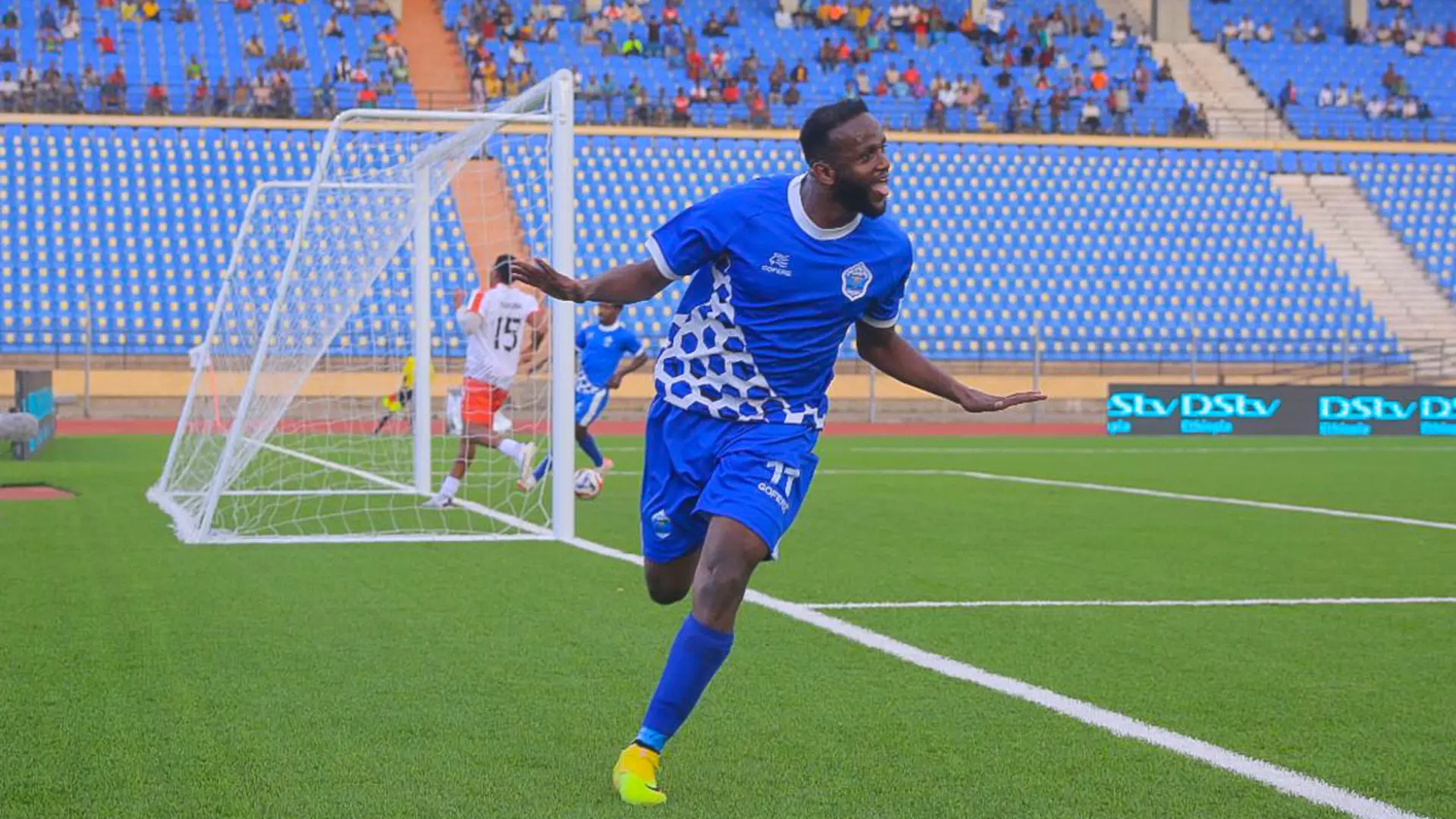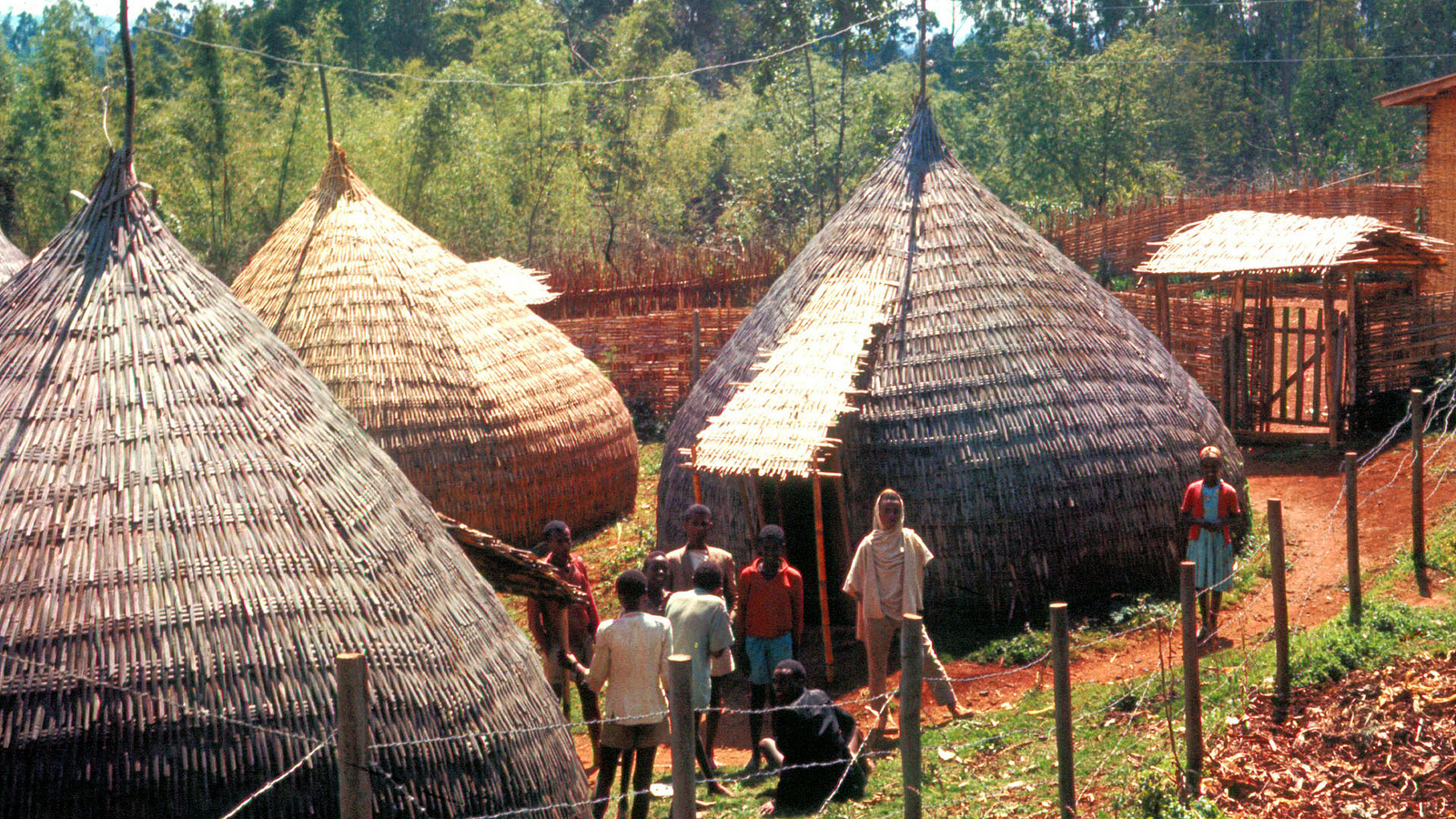Sidama: the Luwa and the Anga Culture and their Social Implications

By Wolassa Kumo
1. Introduction
In my previous articles, I mentioned the Sidama grand social constitution Seera, and various sub constitutions which derive from this grand constitution. We have also seen that all social constitutions or Seera in Sidama were based on the Sidama moral code of halale, the true way of life. In this socio-cultural and socio-political system, the role of the elders was very important. Elders were bestowed with the power of enforcing the Seera and referring the recalcitrant to Magano or God if he/she refuses to abide by the Seera.
The power of elders in the Sidama society was not based on a simple age count as is the case in most modern societies. The Sidama elder is more the product of various social processes through which he passes than the product of a simple aging. For a person to become a recognised elder with authority in Sidama, he has to become a Cimeessa (respected elder with authority) or Cimeeyye for many respected elders. There are three important socio-cultural processes that shape the Sidama elder who will have the required authority to enforce the Seera system in the society. These are: the Luwa cycle, Barcima (circumcision), and the Anga culture. In this brief article, we will revisit the cultures that shape the institution of Cimeessa in the Sidama society.
2. The Sidama Luwa Cycle
As I pointed out in my previous articles, the Luwa is administered by an age grade system where each grade rotates every 8 years. There are five rotating grades in the Luwa system. These are: Darara, Fullassa, Hirobora, Wawassa and Mogissa. The Malga clan in Awassa district adds Binancha as the sixth grade.
However, the recruitment to a given Luwa grade does not depend on the age of the individual. It depends on the grade of one's father. For instance, if we assume that Darara is the first cycle and Mogissa is the last cycle, and if the son of Darara becomes Mogissa, a son born to a person who is a member of the Darara cycle has to wait for 32-40 years to join the Mogissa grade. Therefore, in the Luwa cycle, it is possible that a child as well as a 40 years old adult can become members of the same Luwa cycle. Thus, age is not a sole criterion in the making of the Sidama Cimeessa (respected elder). A person who did not pass through the Luwa cycles cannot become a Cimeessa while a younger person can qualify for a position if he fulfils all other requirements.
 The Luwa system has two important objectives. The first and the most important one is the recruitment and training of the able bodied men for the defence of the nation. The second objective is the development of potential elders who will have authorities to replace the current elders (Cimeeyye). Women are not allowed to participate in the Luwa system. Therefore, they are automatically excluded from the nation's defence forces as well as from becoming Cimeeyye or respected elders. However, the Sidama society has its own ways of showing respect for elderly women.
The Luwa system has two important objectives. The first and the most important one is the recruitment and training of the able bodied men for the defence of the nation. The second objective is the development of potential elders who will have authorities to replace the current elders (Cimeeyye). Women are not allowed to participate in the Luwa system. Therefore, they are automatically excluded from the nation's defence forces as well as from becoming Cimeeyye or respected elders. However, the Sidama society has its own ways of showing respect for elderly women.
A fascinating aspect of the Sidama culture in this regard is that, younger people never call older people, men or women, by their names. They always use the name of their children, using as prefix, mother of ".." and father of ".". If they do not know the names of their children, they simply call them mother or father, even if they are not their real mothers and fathers. While many of the beautiful Sidama indigenous cultures have been lost due to the Abyssinian conquest, this particular way of life survived until today.
Avoiding the direct contact with the mother-in-laws is another aspect of unique respect the Sidama society offers to women in general. A person who is newly married to the daughter of a woman will not stand in her way if he sees her walking in the street. He has to run in to the bushes to give the mother way to proceed with her trip. Not only he is not allowed to mention her name, but he is also required to talk with a language of respect such as Ki'ne (equivalent to English "thou" - in Sidaamuaffo). The wife is required to reciprocate the respect to her husband's family. But she is required to reciprocate it to the father of her husband, as she is required to be in close contact with the mother of her husband. This aspect of the Sidama culture is being gradually eroded due to massive conversion into Christianity.
3. Barcima (Circumcision) and Its Social Implications
In Sidama society, male circumcision has been practiced since time immemorial. Circumcision is one of the processes of building respected elders (Cimeeyye) in Sidama society. After a person participates in the Luwa cycles he has to carry out circumcision before his sons' Luwa cycle arrives. If he fails to circumcise before that, his progression to the class of respected elders can be seriously undermined. A non circumcised old person cannot be regarded as Cimeessa in Sidama society.
The circumcision ceremony is one of the biggest social events in Sidama society. Depending on the level of wealth of the individual, such as the size of farm and farm land owned, the size of Enset or coffee plantation, and the number of cattle the person owns, he can organize a huge ceremony involving hundreds of elders and young men and women from the area and far apart for the ceremony. Everyone invited or present in the ceremony is provided with Buurisame (food made from Enset with a lot of butter in it) and Malawo (drinks made from pure honey) beginning with the oldest and going down to the youngest. This process is called Malawo Tuma (the Honey Ceremony).
For a person to prepare the Honey Ceremony during his circumcision he has to pass through one of the Luwa cycles with in the past 40 years but not beyond. Thus, during the ceremony every body praises not only the person who is going to be circumcised but also his Luwa grade, stating that the Honey Ceremony belongs to such a person and such a Luwa grade. At the beginning of the Honey Ceremony, the person to be circumcised declares that it is his time now to circumcise and that he makes his Luwa grade and the Sidama society proud by willing to defend the nation and become an elder to serve the society.
I participated in two of such beautiful ceremonies in his rural village when I was about 8-10 years old, and I still remember how beautiful those ceremonies were. Most of these types of ceremonies that survived the Abyssinian conquest have now been almost lost due mainly to conversion into Christianity. The next stage in the making of the Sidama Cimeessa institution is the Anga culture.
4. The Anga Culture
The Anga culture is the most complicated part of the Sidama culture. Anga, which literally means "hand", has a different meaning when it is used in the context of the development of Cimeessa or Cimeeyye, respected elders or elders with authority. An elder with the Anga authority must have already participated in the Luwa cycles, must have been circumcised and most notably organized the grand Honey Ceremony. An elder who did not pass through those stages cannot claim to have the Anga authority.
An elder or Cimeessa who has Anga has superior moral authorities to all other Cimeessa in the society. In other words, the Anga is the last stage in the making of the Sidama Cimeessa or an elder with full moral authority to enforce Seera (social constitution) in the Sidama society. In addition to passing though the Luwa cycles, circumcision and Honey Ceremonies, the elder who claims the Anga authority has to make Kakalo (sacrifices) to the ancestors to declare his position as a holder of the Anga Authority.
An elder with Anga authority does not participate in any ordinary activities in the society. He does not eat any meat unless the animal is slaughtered either by himself or some one who has similar Anga authority like him. One fascinating aspects of the Anga culture is that when the Cimeessa with the Anga authority is a in a house dining alone or with some one, every body must keep quite. This is because, if some one mentions some names which are considered to be impure while the Cimeessa with the Anga was eating, then he will automatically stop eating. These names include animal names such as pigs, dogs or sounds like shouting, whistling and so on. If the Cimeessa with Anga listens to those names and sounds while he is eating, he has to automatically stop eating and leave. If he does not do so, he loses his Anga authority and has to offer other sacrifices to reclaim the Anga.
As in the case of many other areas in the Sidama culture and civilization, in this area extensive future research is required.
The Anga culture is practiced by the Sidama clan called the Xummano or the Yemerechcho. However, the Luwa, Circumcision and Honey Ceremonies are practiced by any member of the Sidama society. At present, the Anga culture has almost disappeared because of massive conversion to Christianity and diminishing number of the members of the society who acknowledge the Authority of Anga. Likewise, the authority of Cimeessa has been weakened and highly undermined. Although the concept still survives in Sidama, its significance has been significantly reduced.
5. Systematic abuse of the Cimeessa institution by the current regime.
Another factor that undermined the Cimeessa institution in Sidama is political interference by the current regime. Because of the unpopularity of most of the measures the current regimes undertakes in Sidama, it has resorted to bribing the elders. The members of the ruling party personally contact well known Sidama elders through out the Sidama land and provide them with money and transport them to towns and cities whenever they convene unpopular meetings in Sidama. The elders are forced to comply to these pressures both for fear of political persecution and because of the economic benefit they obtain in participating in these processes. Even after the Loqqe massacre, the first people invited to a meeting in Awassa in 2002 to support the actions of the massacre were the elders. However, this time the elders did the opposite of what they were expected to do. They unanimously condemned the massacre.
Although the elders try to balance cultural values they uphold with the benefits and intimidation the current regime, the constant pressure under which the regime puts the Sidama Cimeessa institution and the continued participation of the elders in most unpopular decisions regarding the Sidama society has seriously undermined the creditability of this institution at present. The most resilient group that continually rejects unpopular measures of the regime has become the youth, particularly the young people below the age of 30. This is mainly due to relatively better education and exposure this group has regarding the basic human rights, democracy and freedom. Since this demographic group represents the future of Sidama, our nation has a great hope!!




Comments
Post a Comment